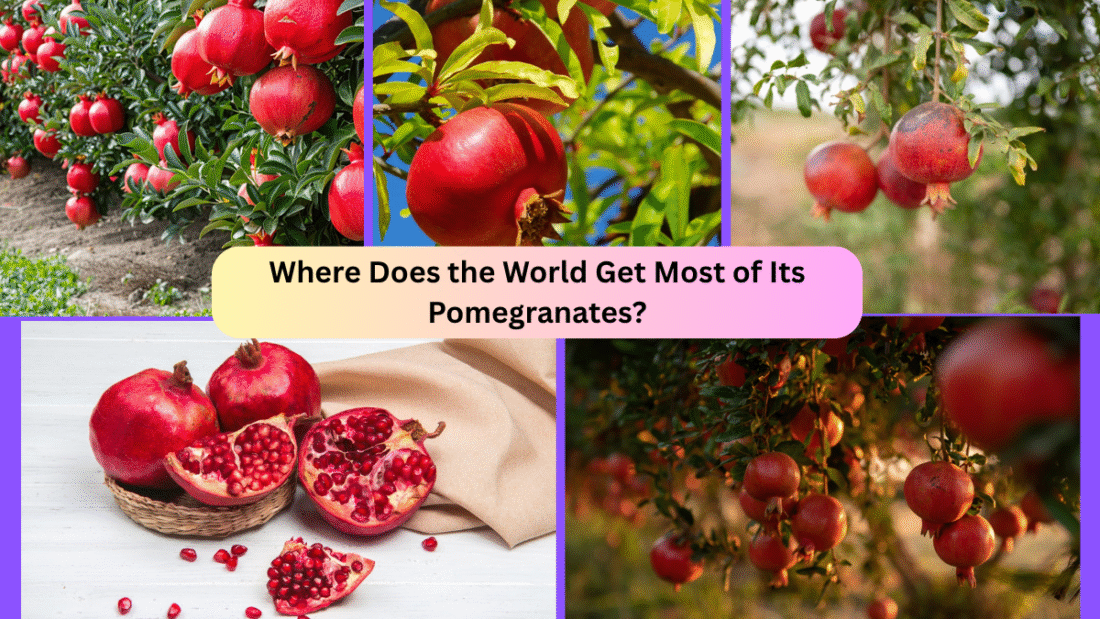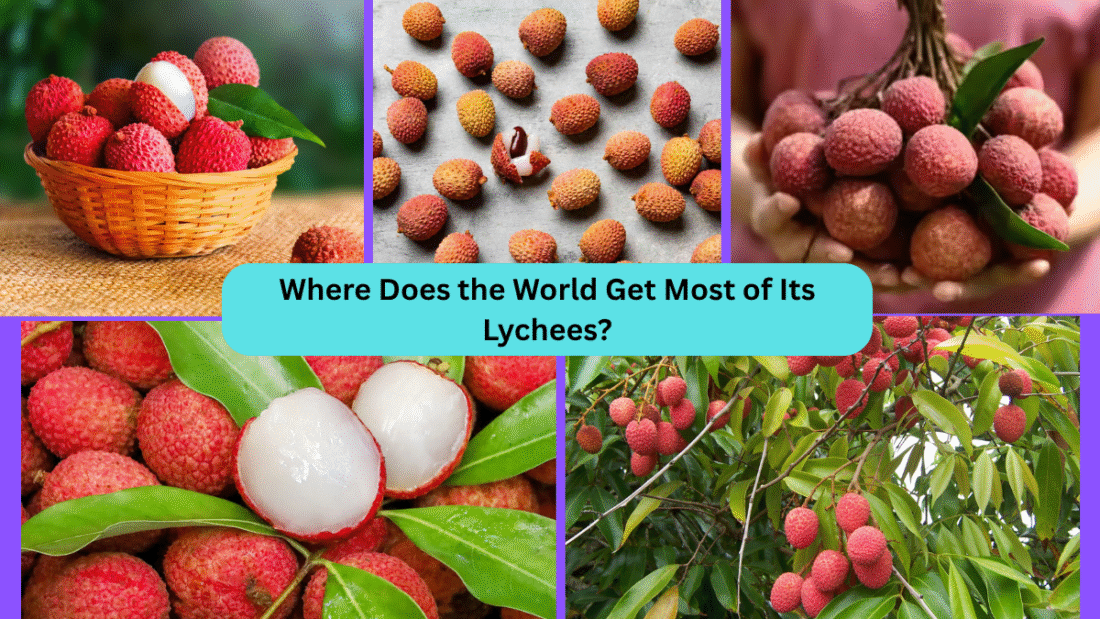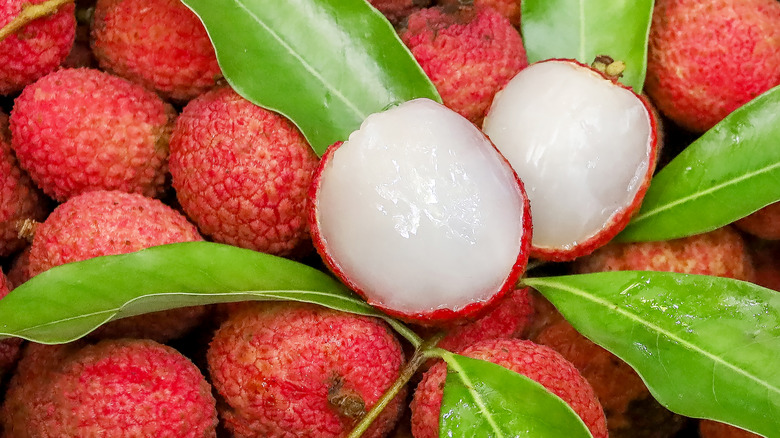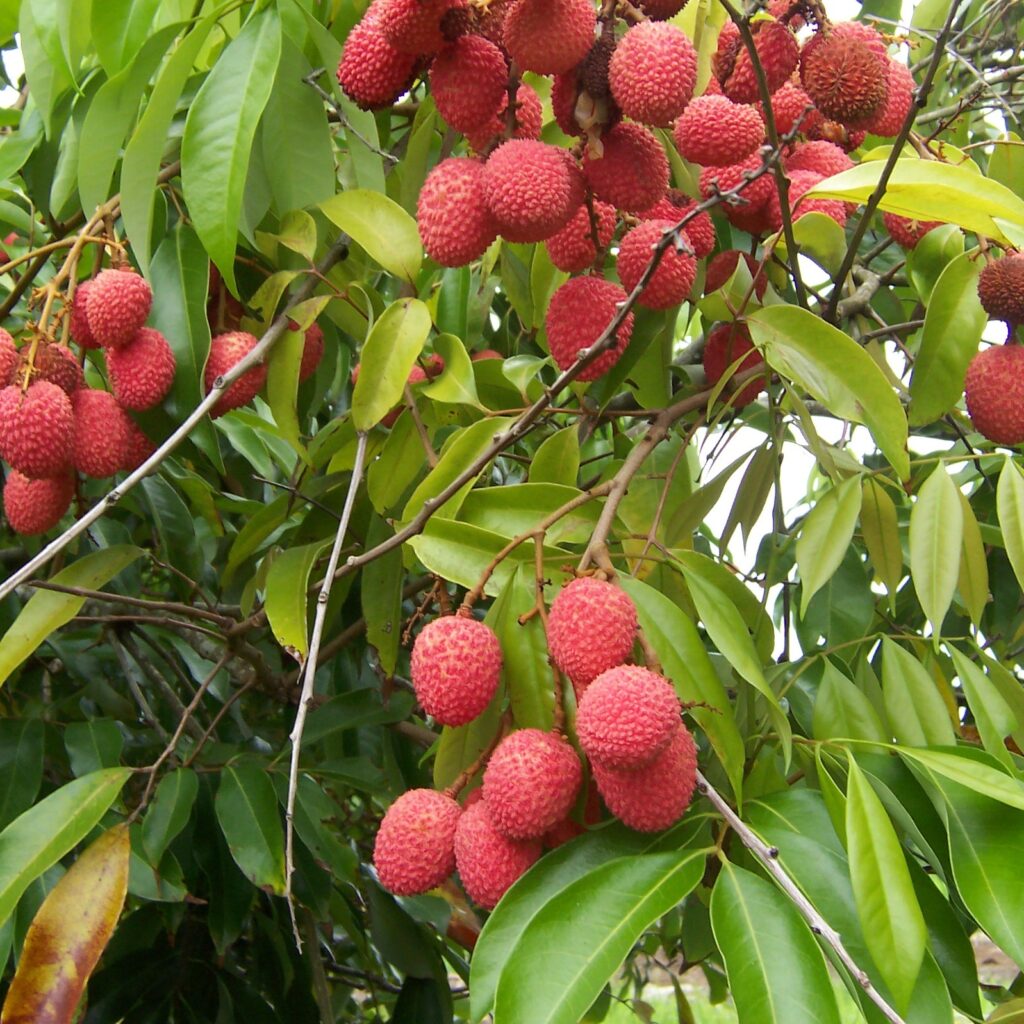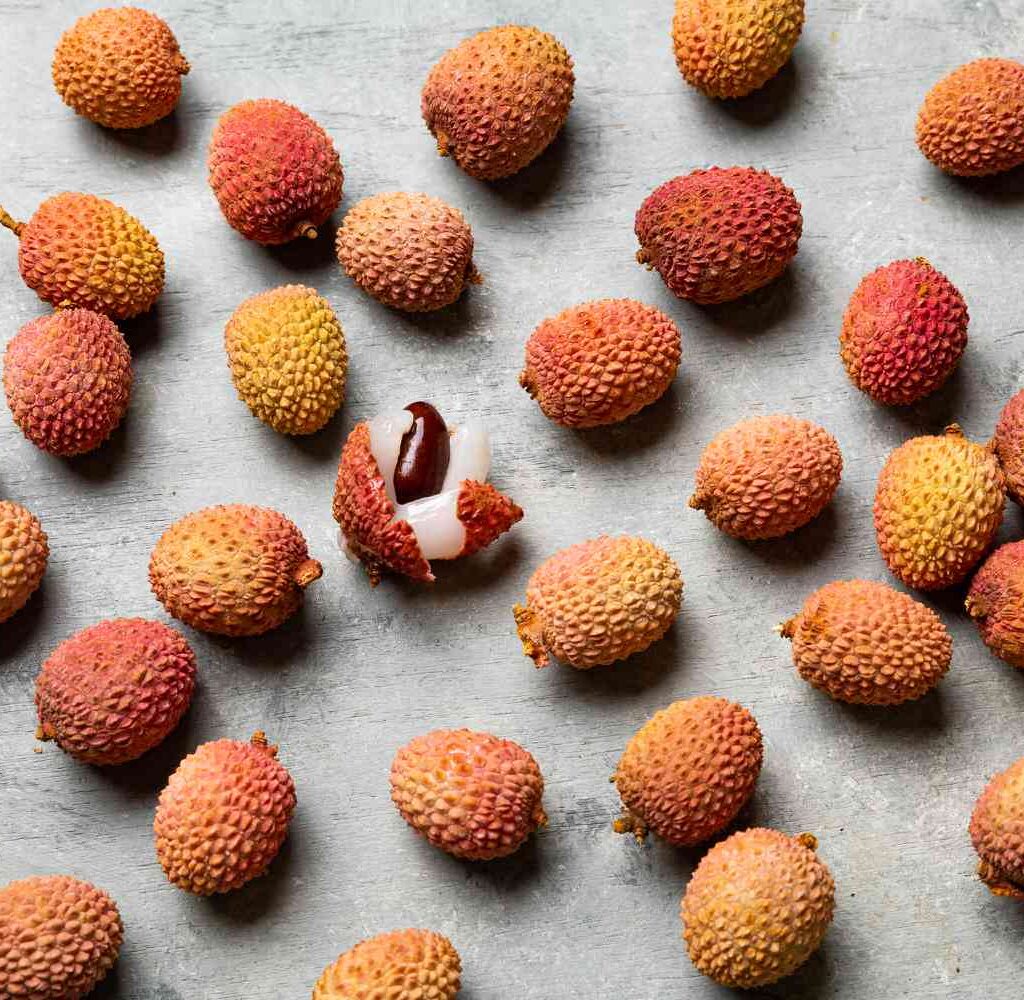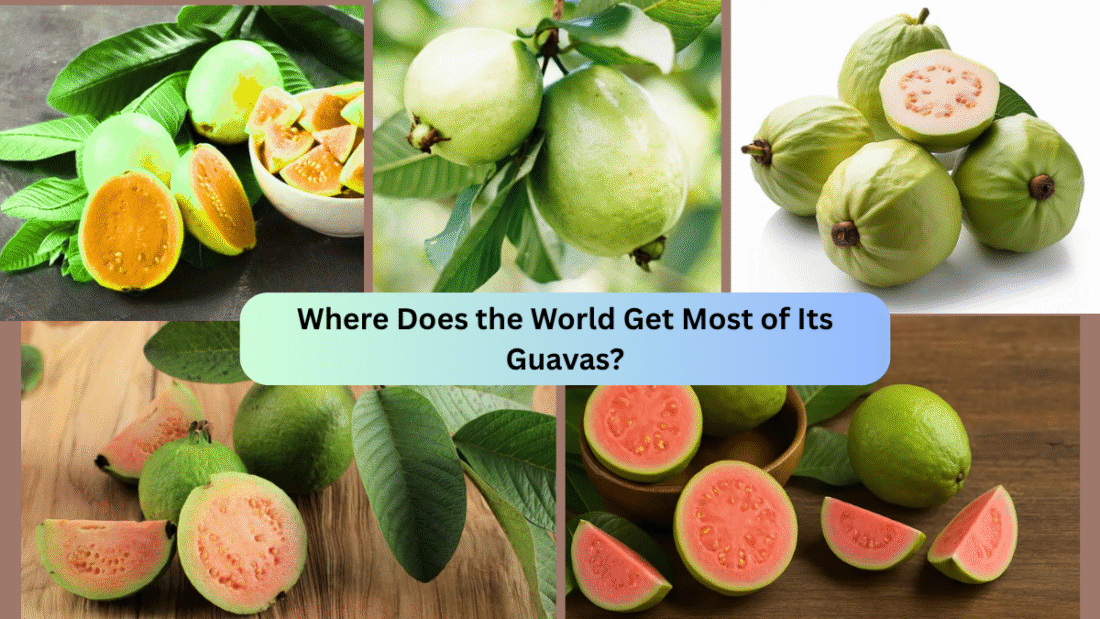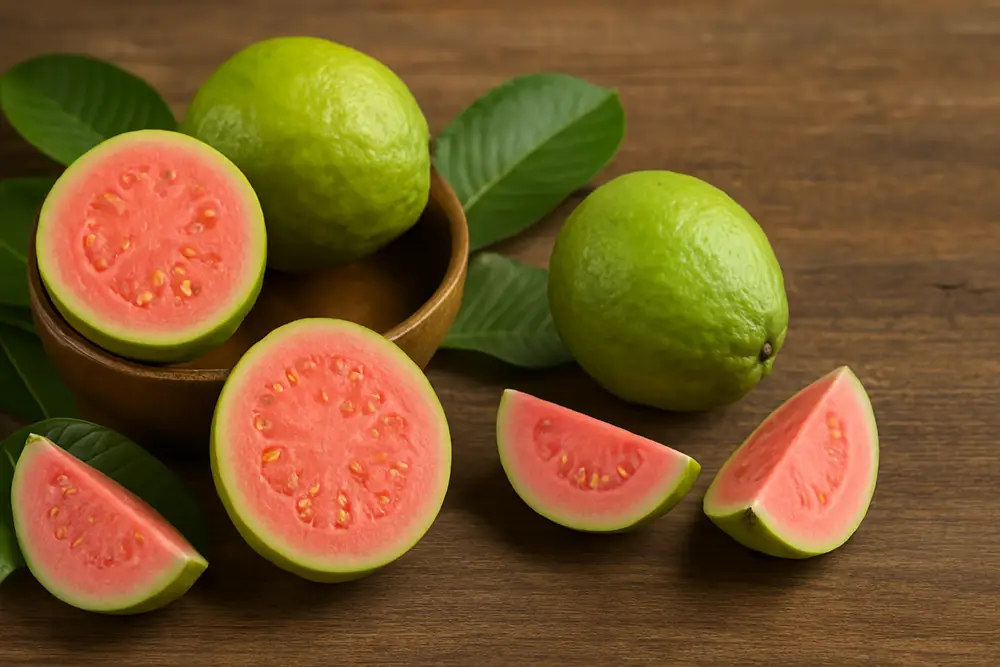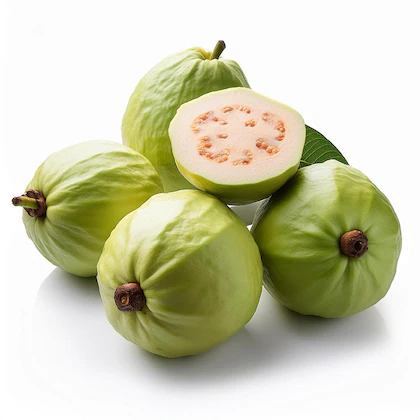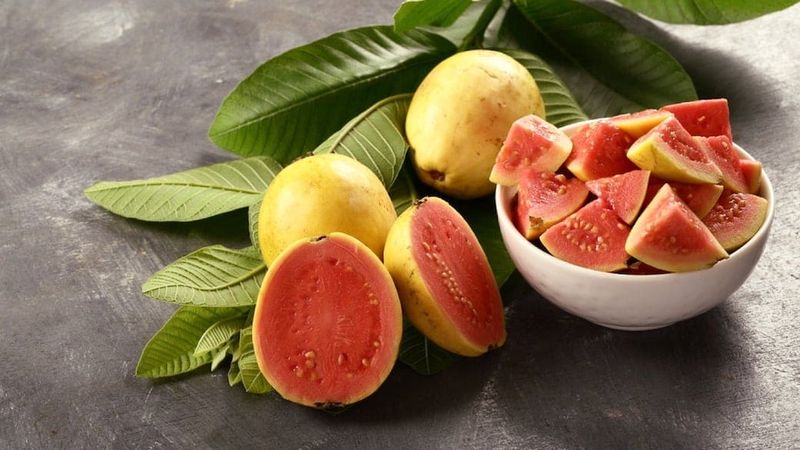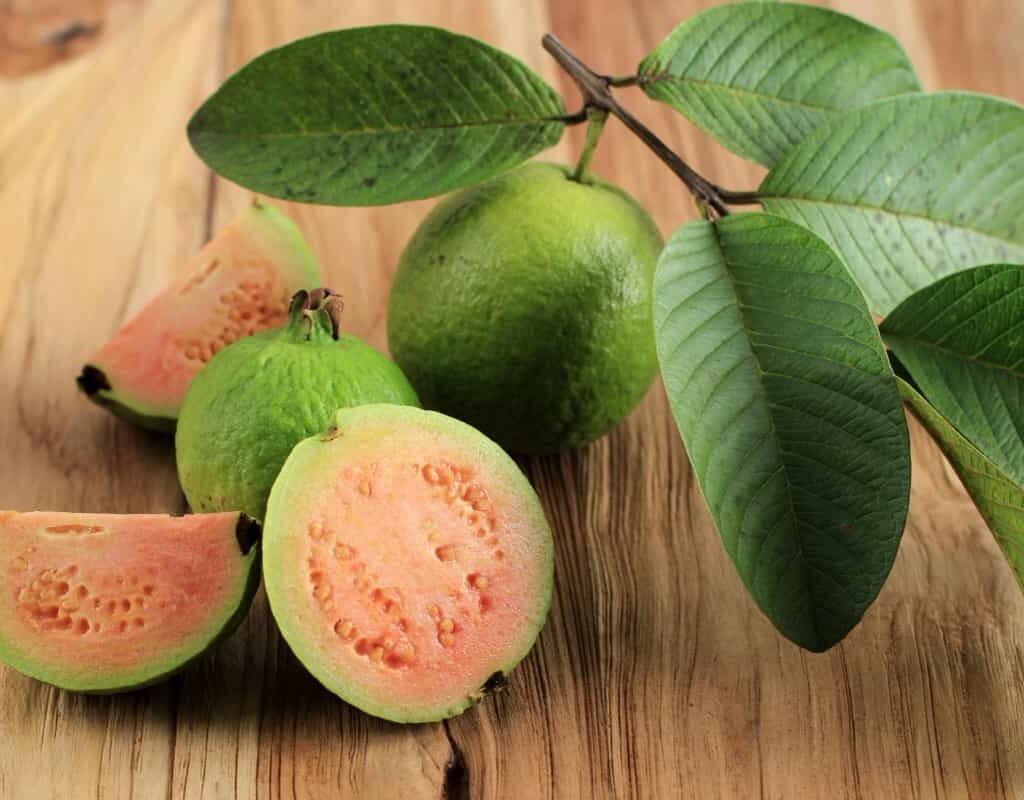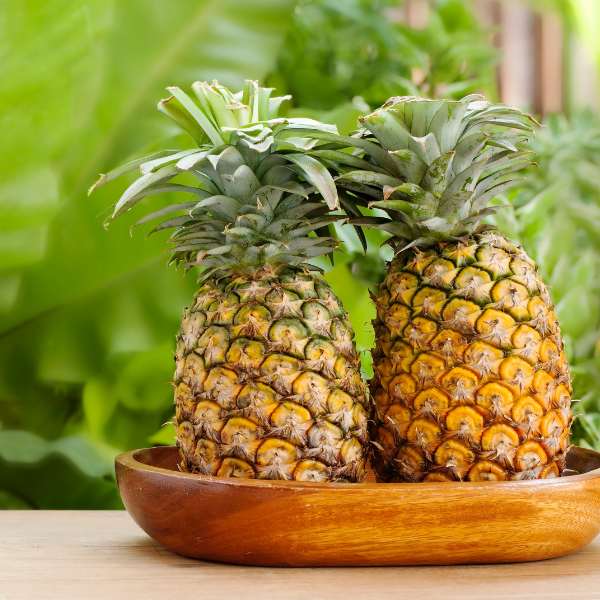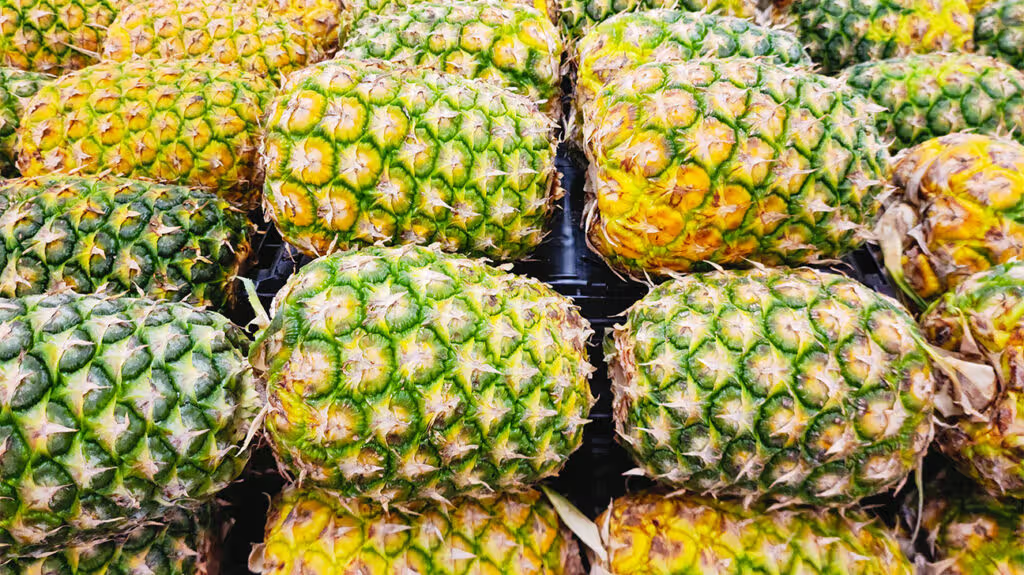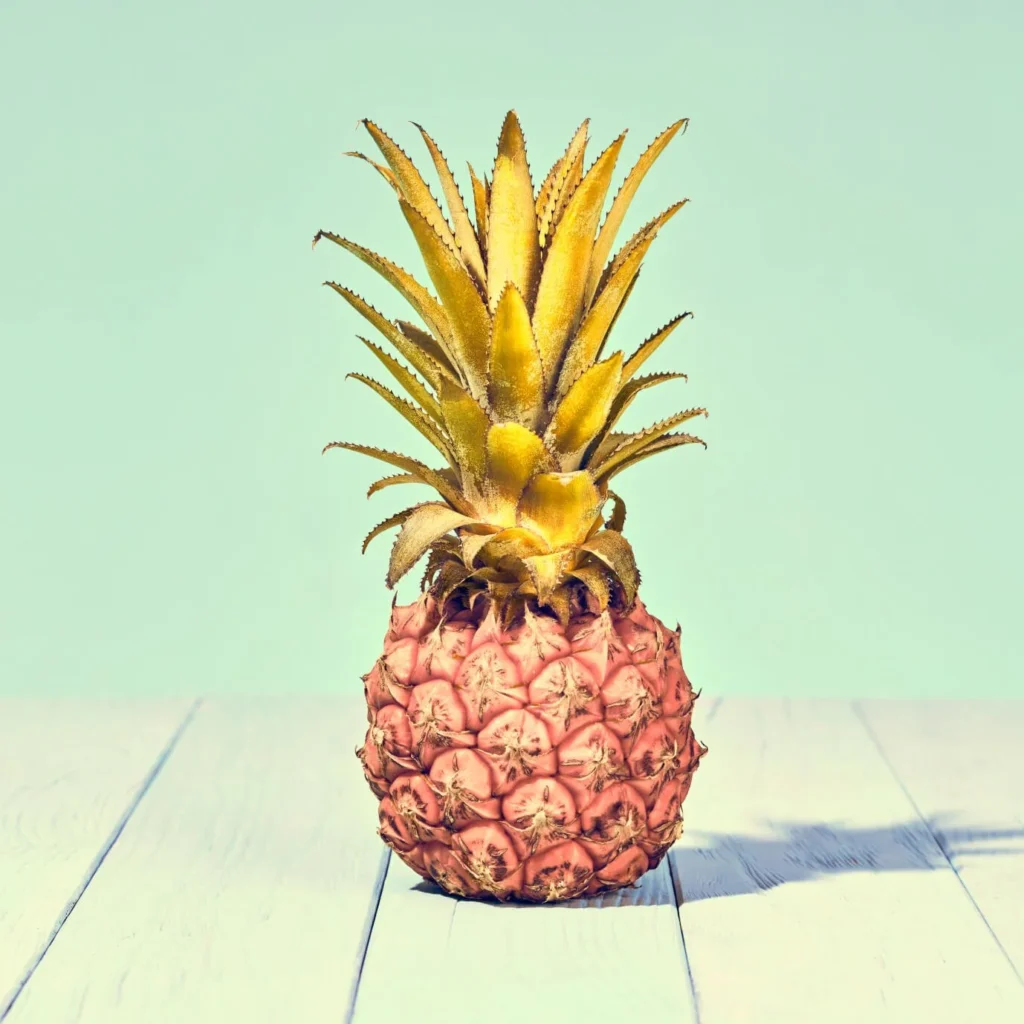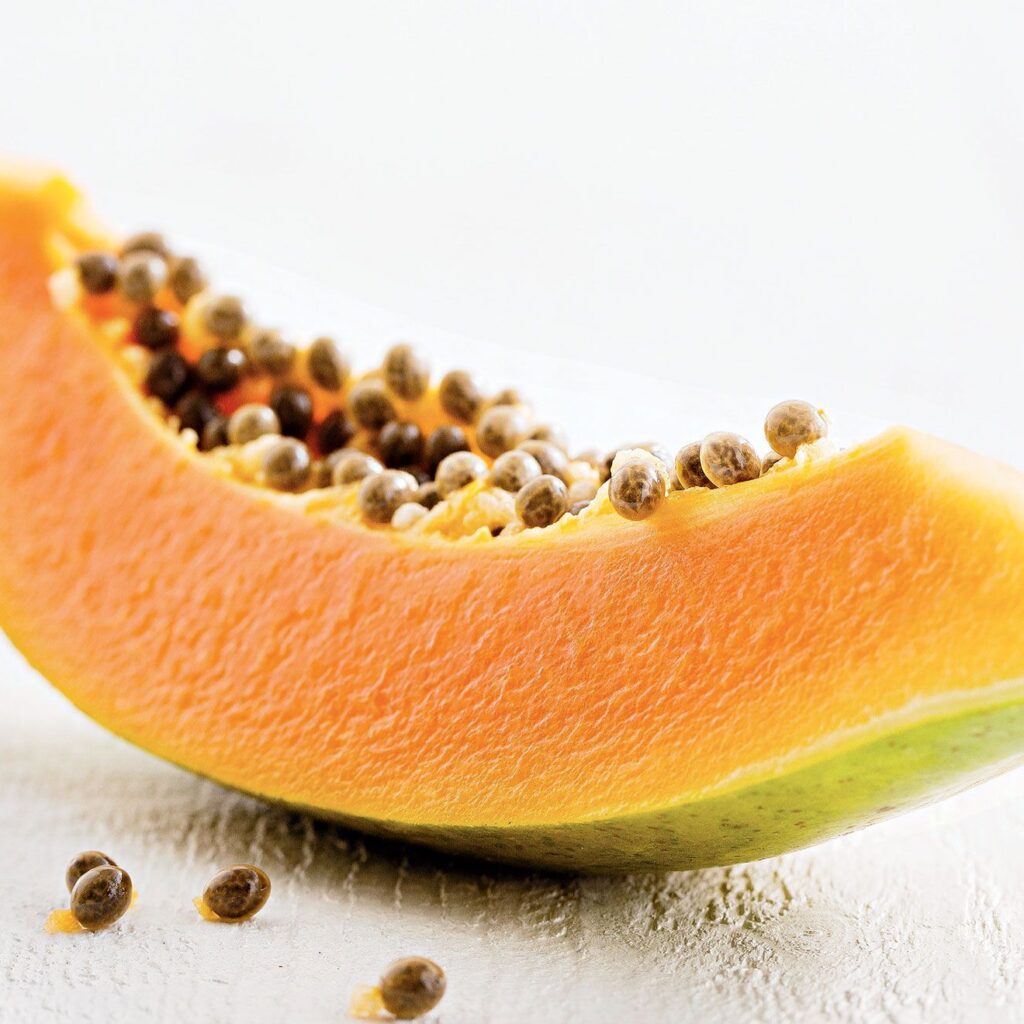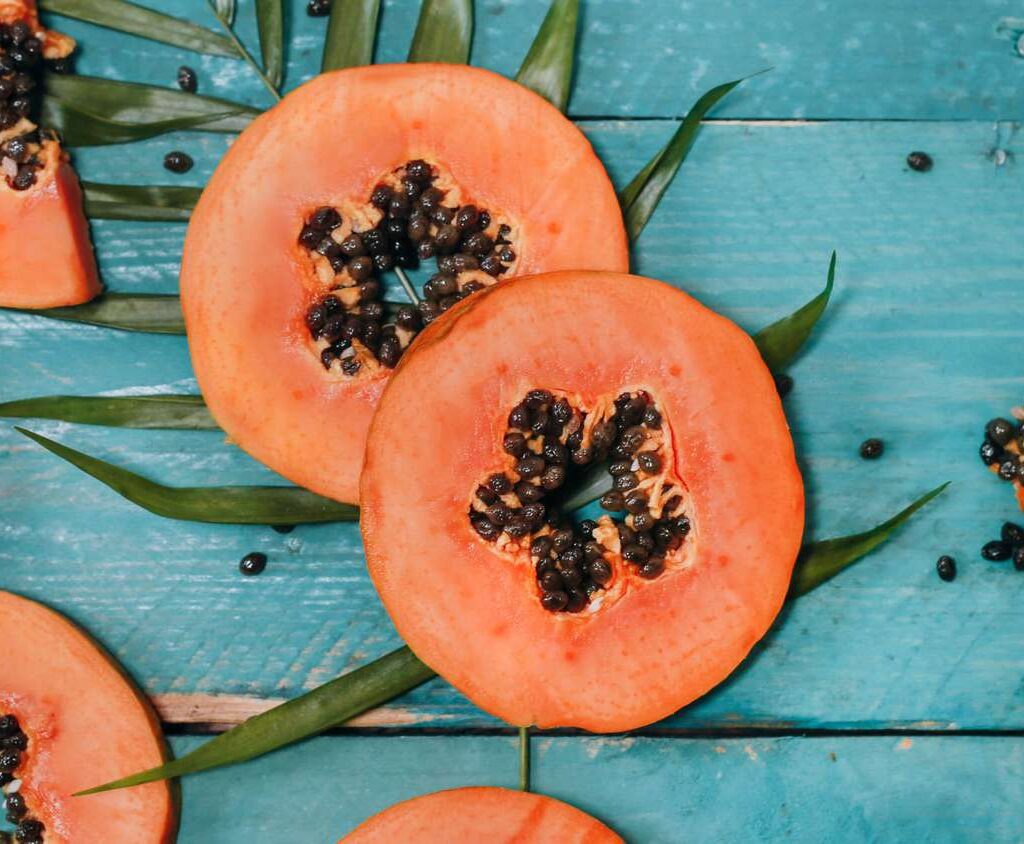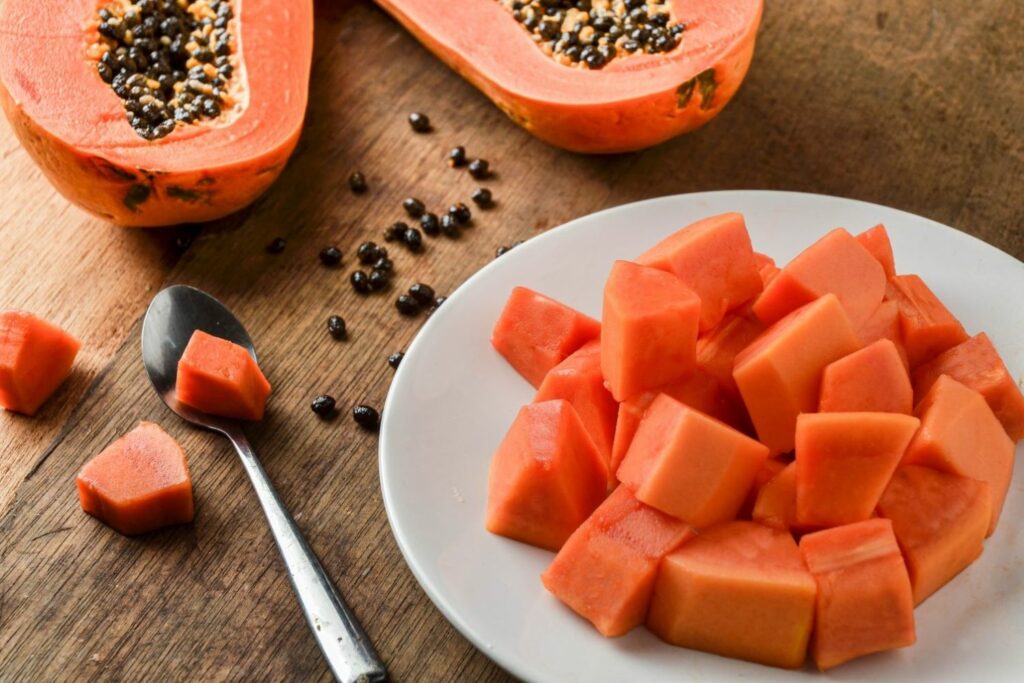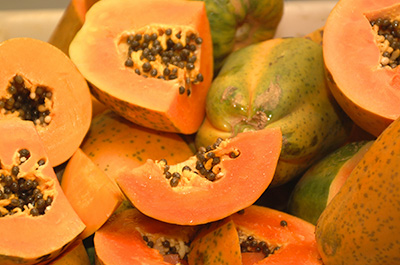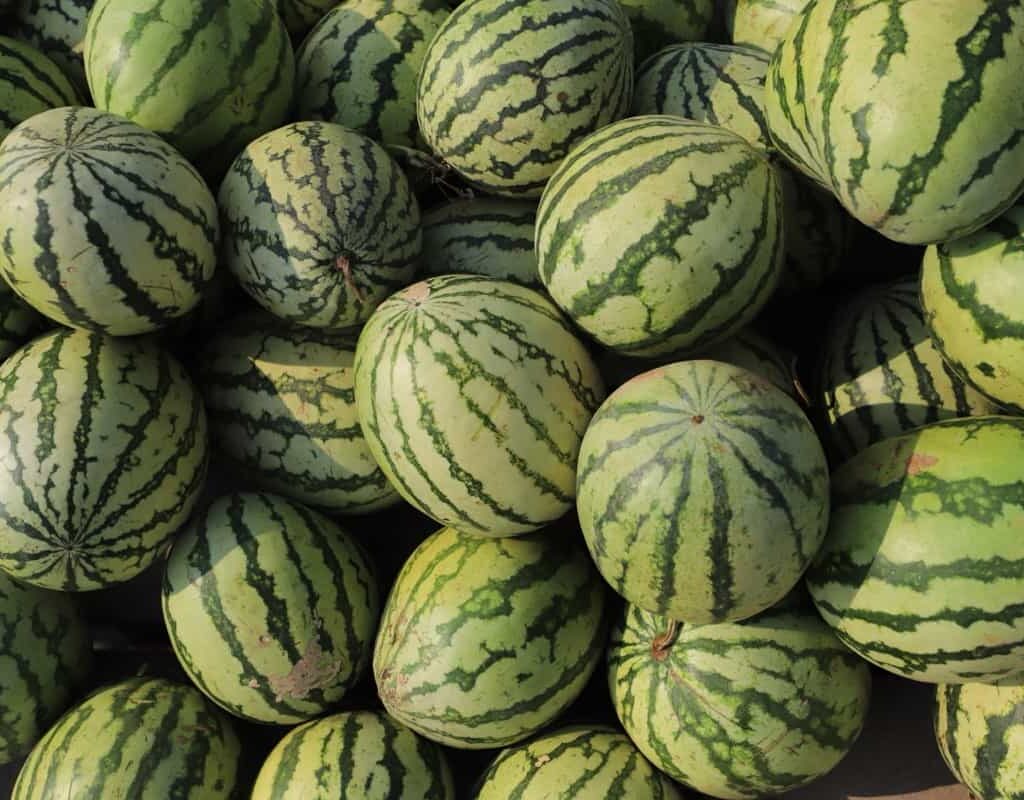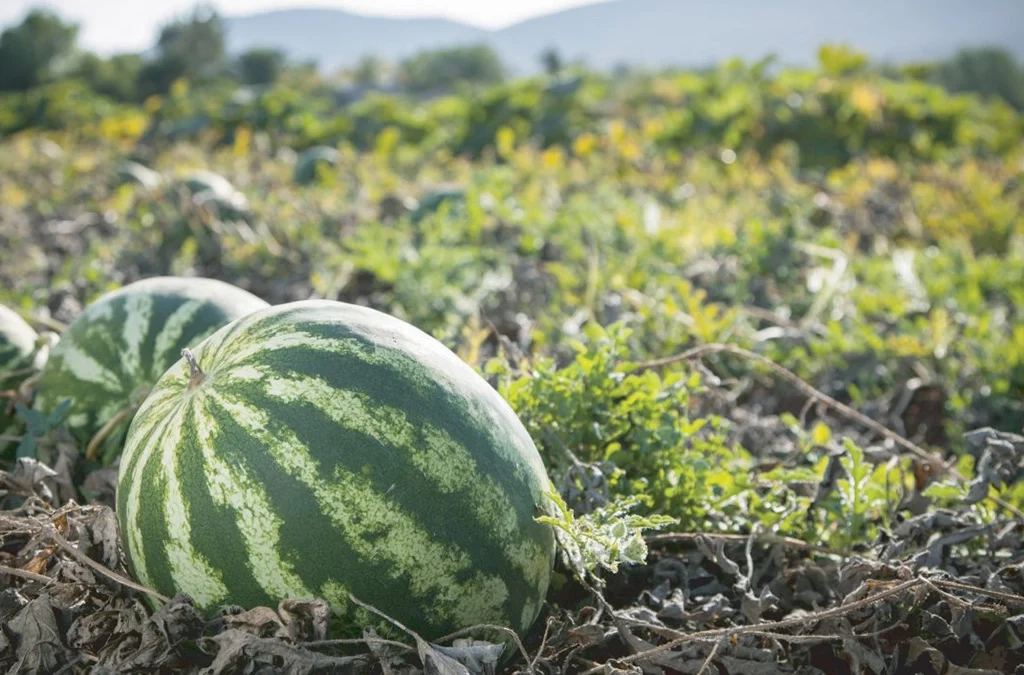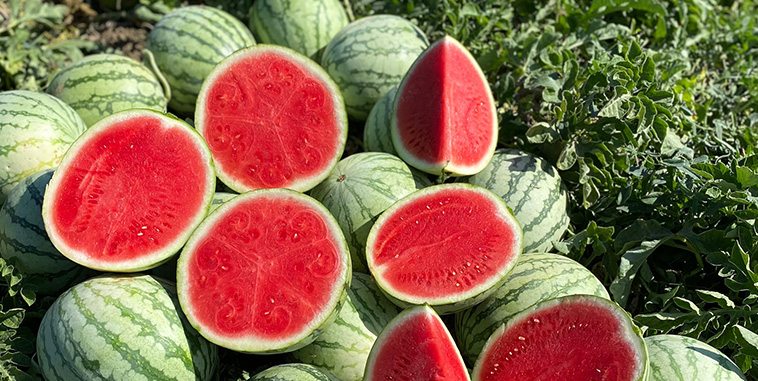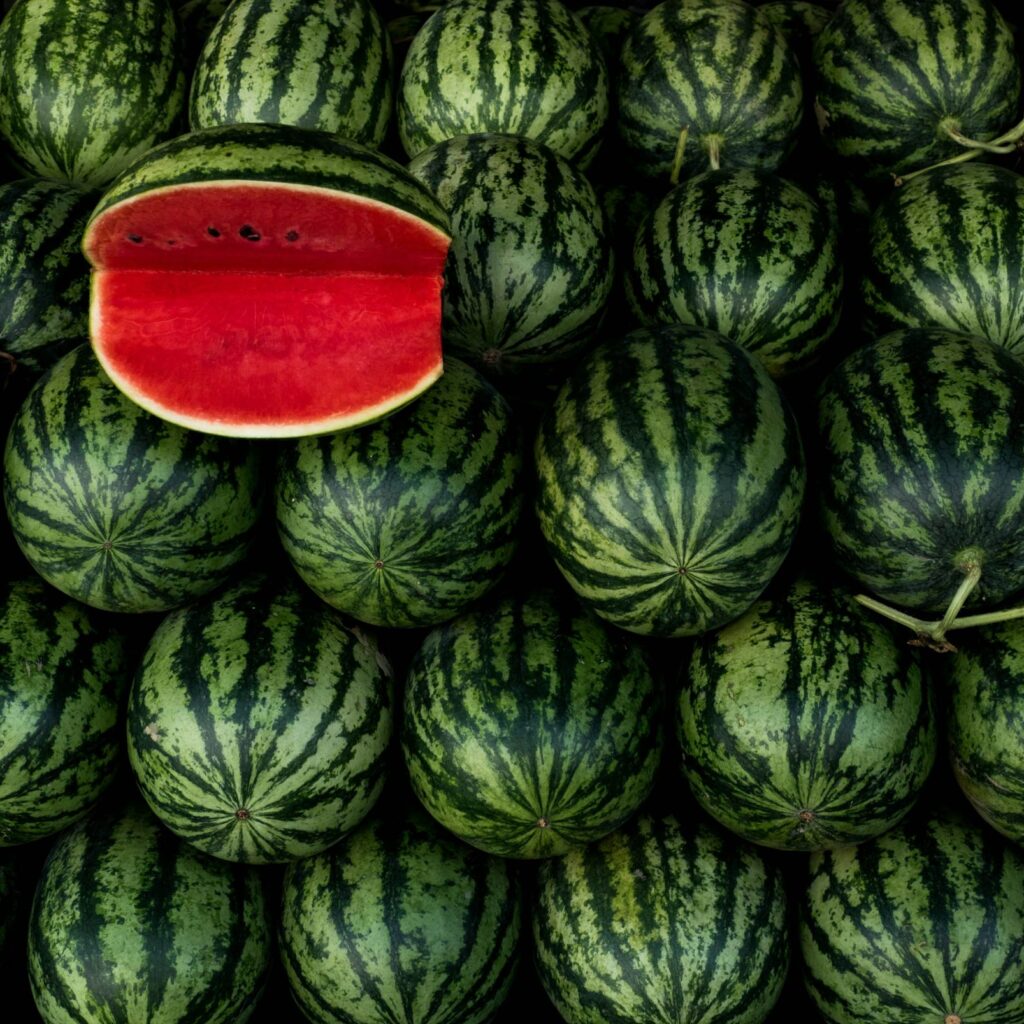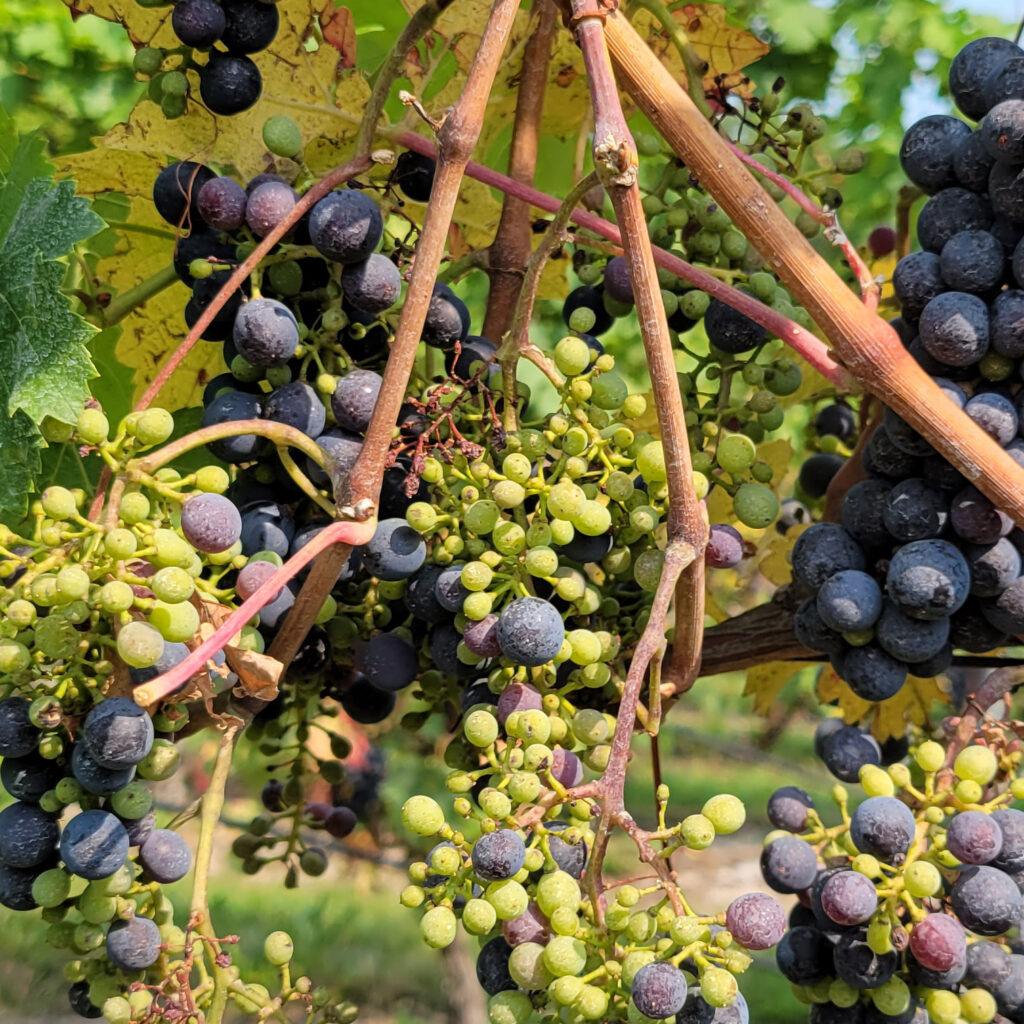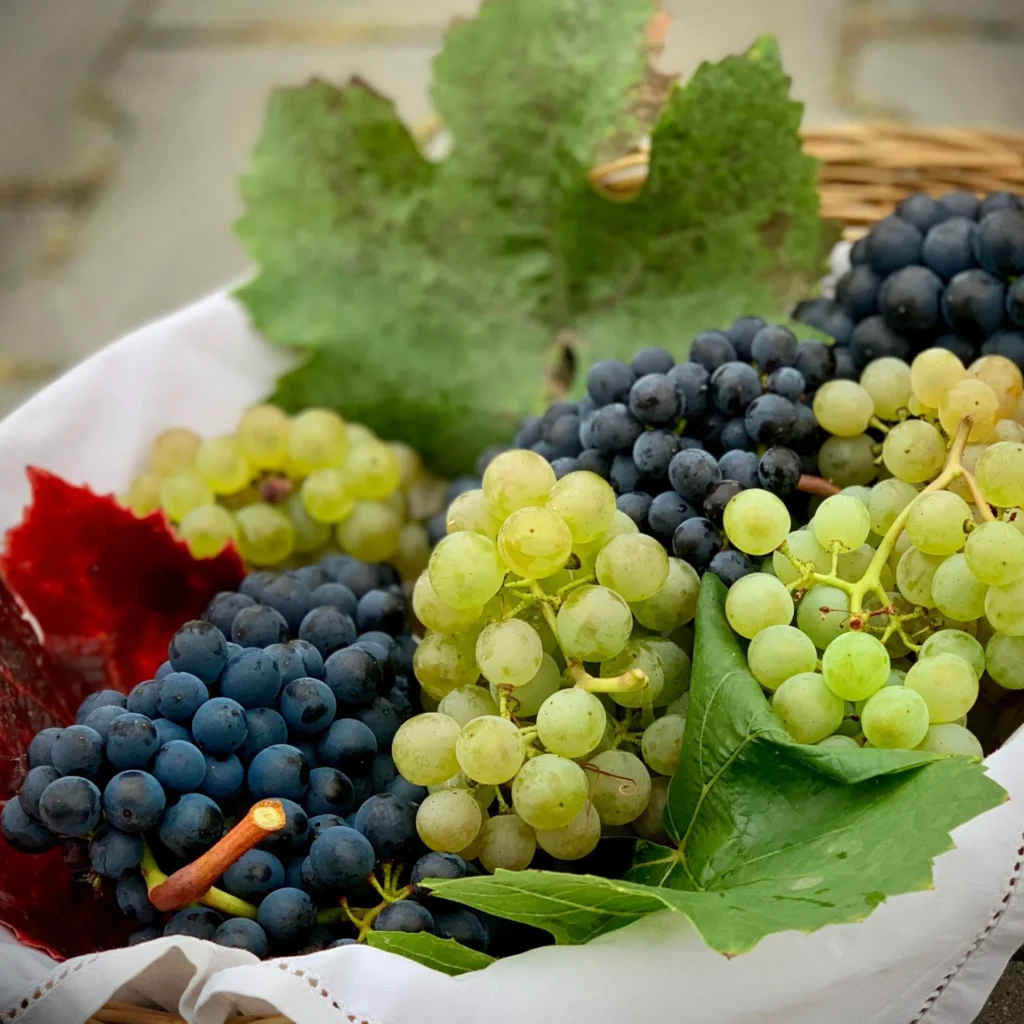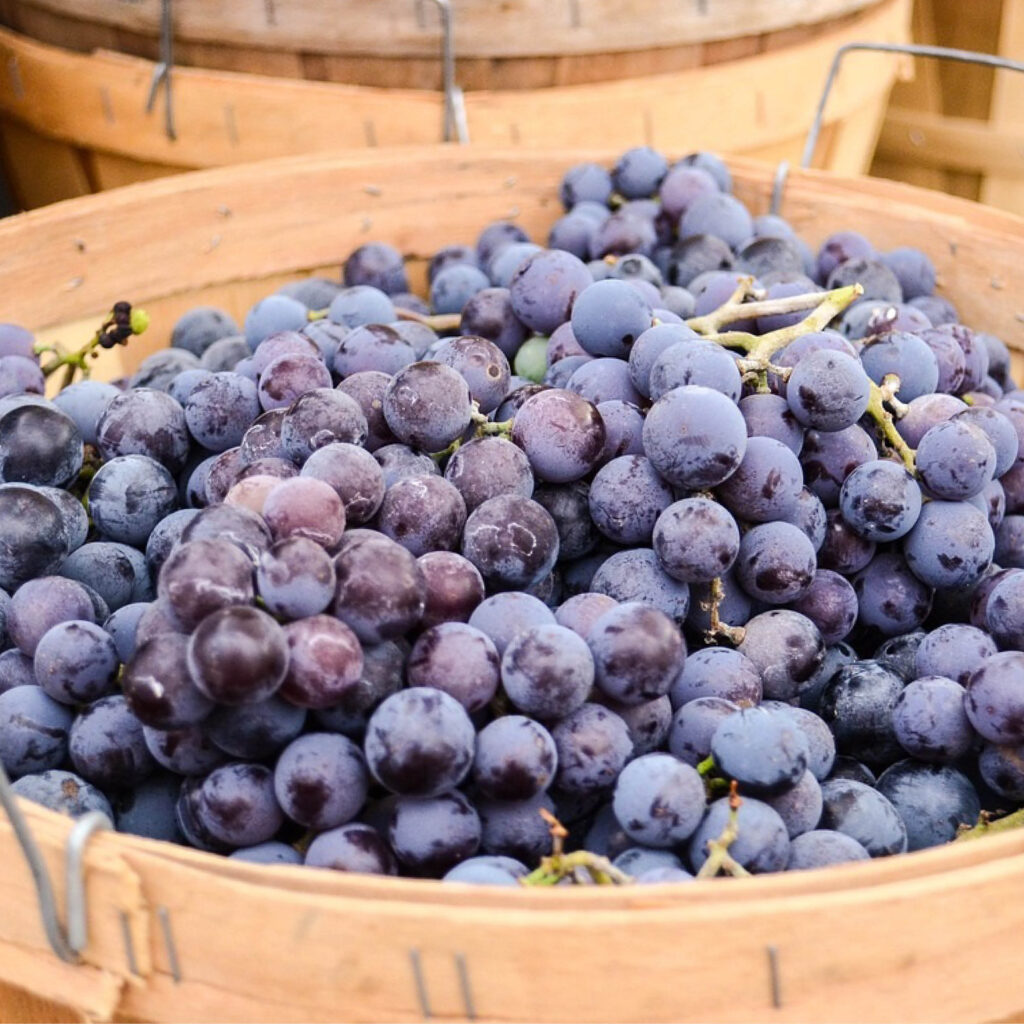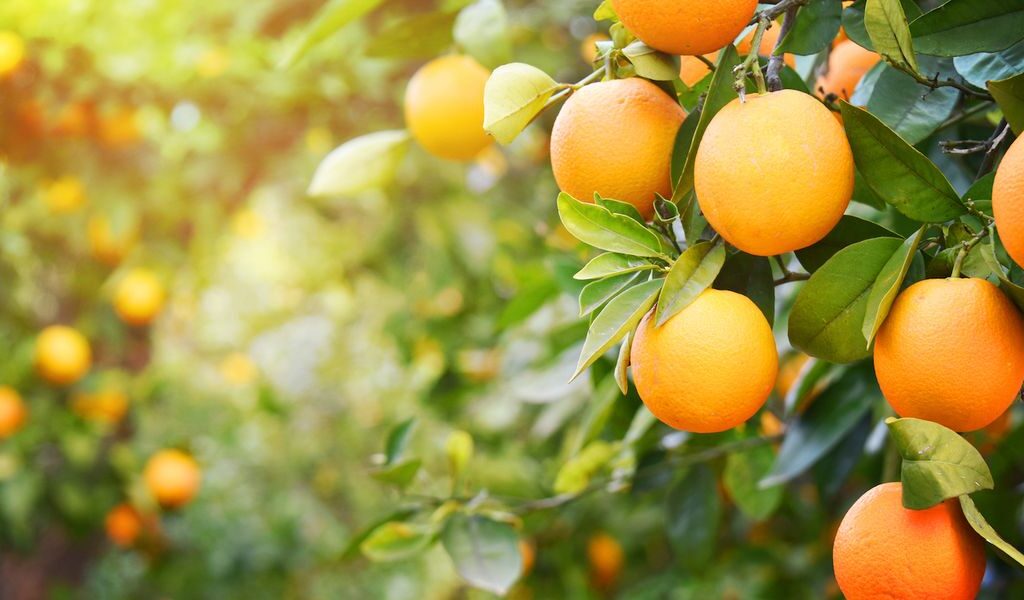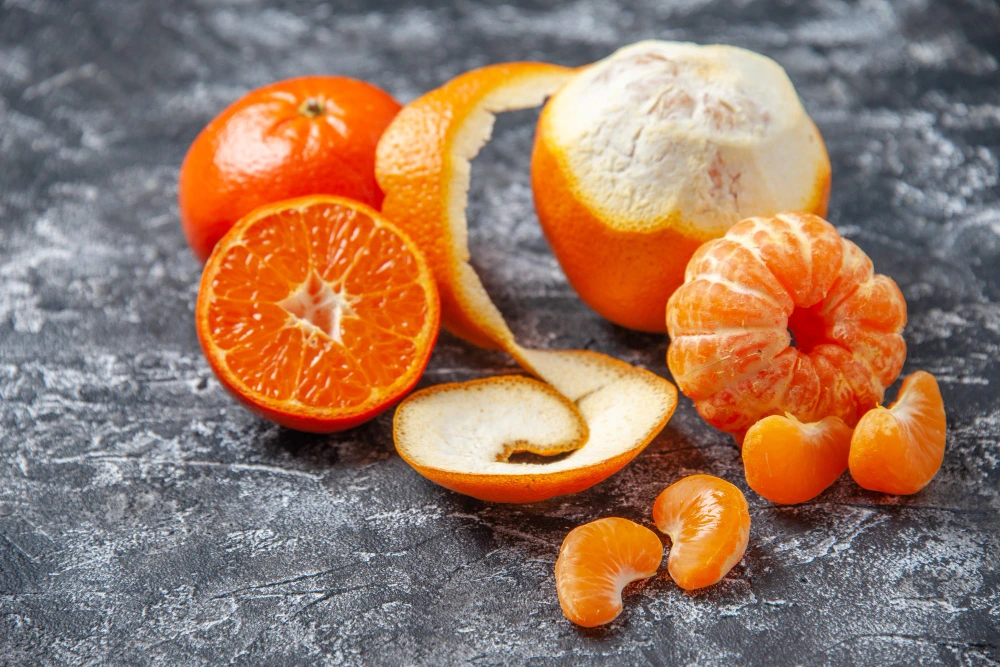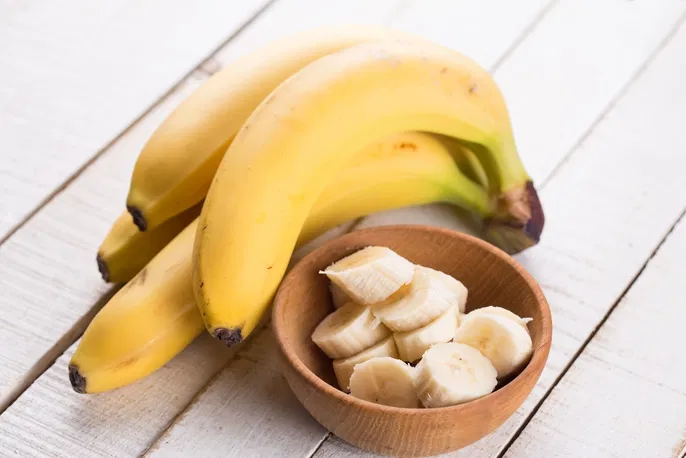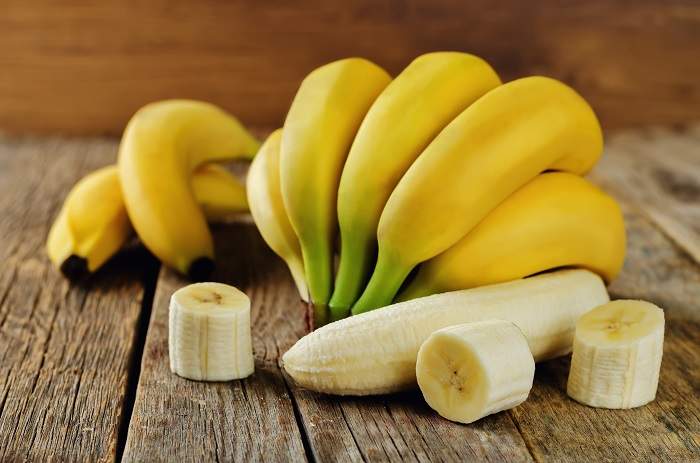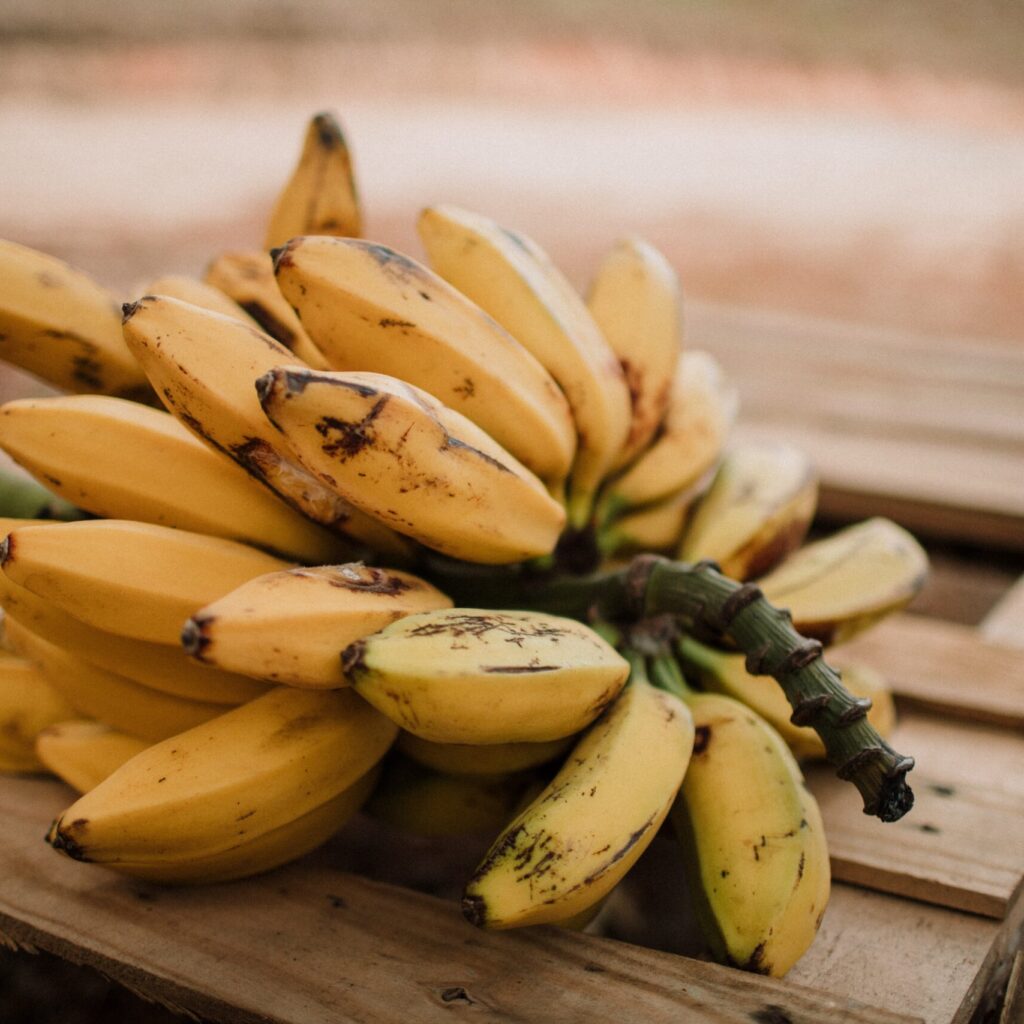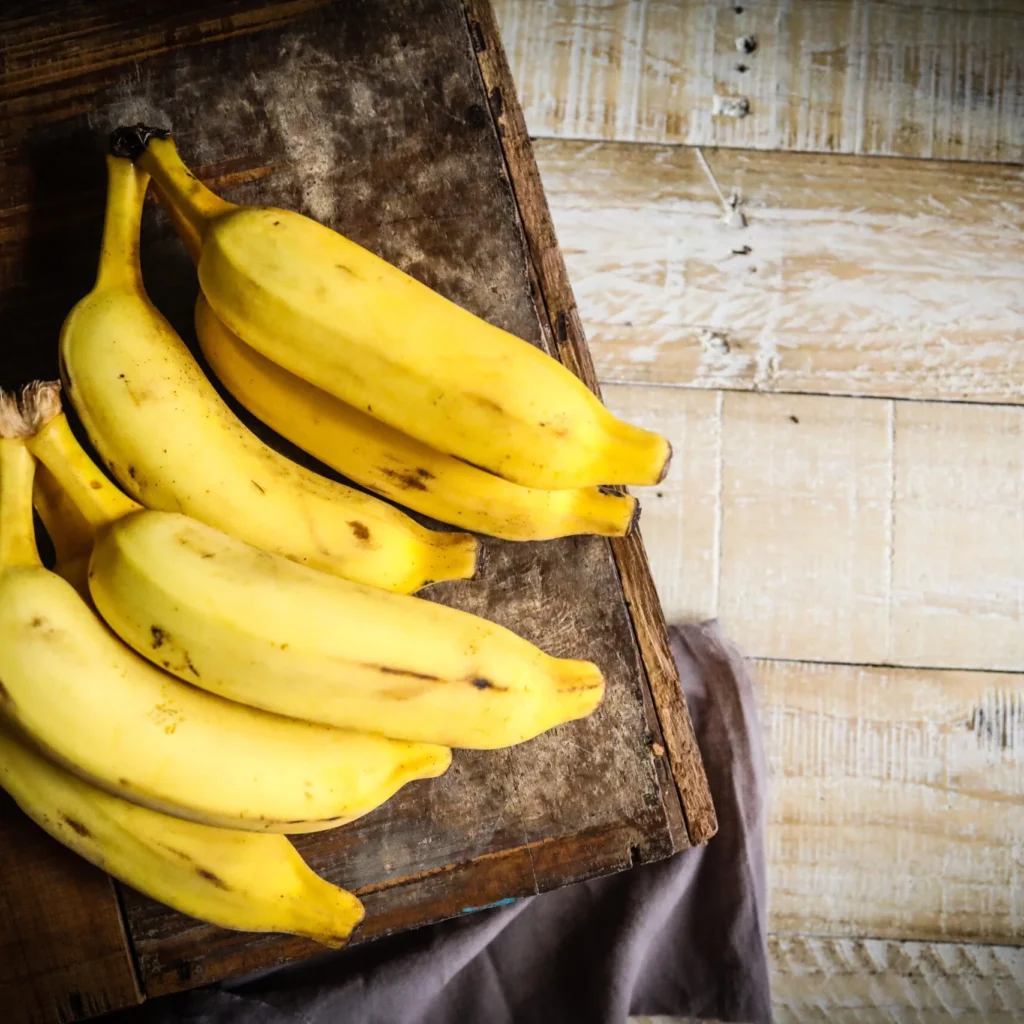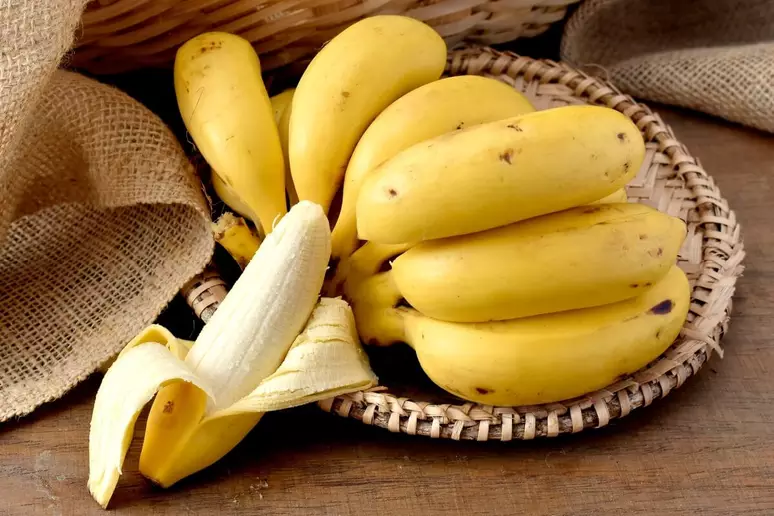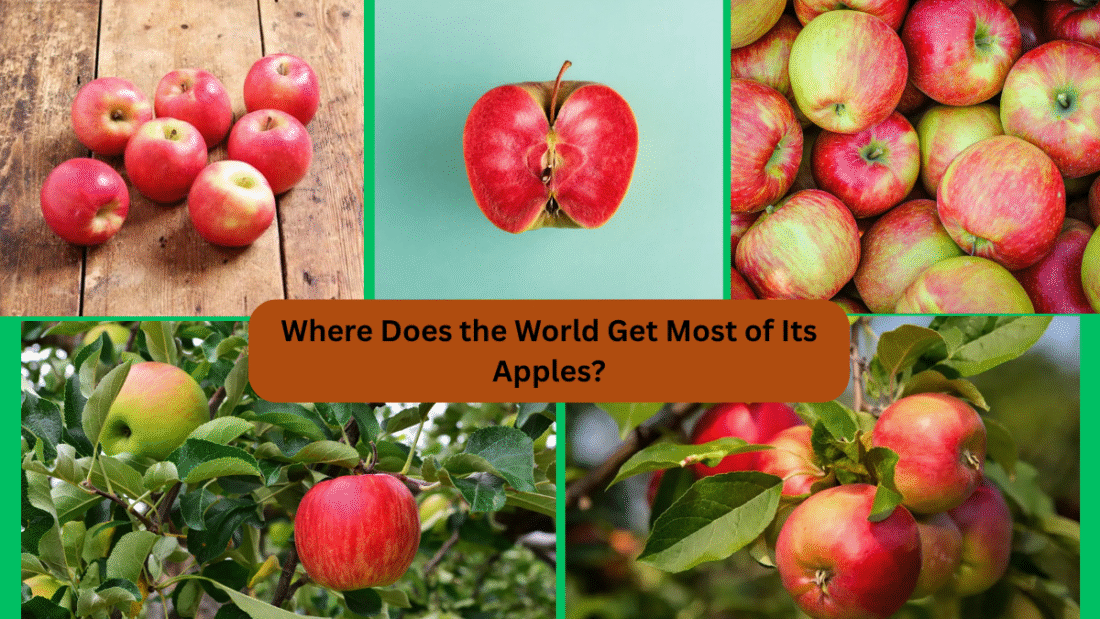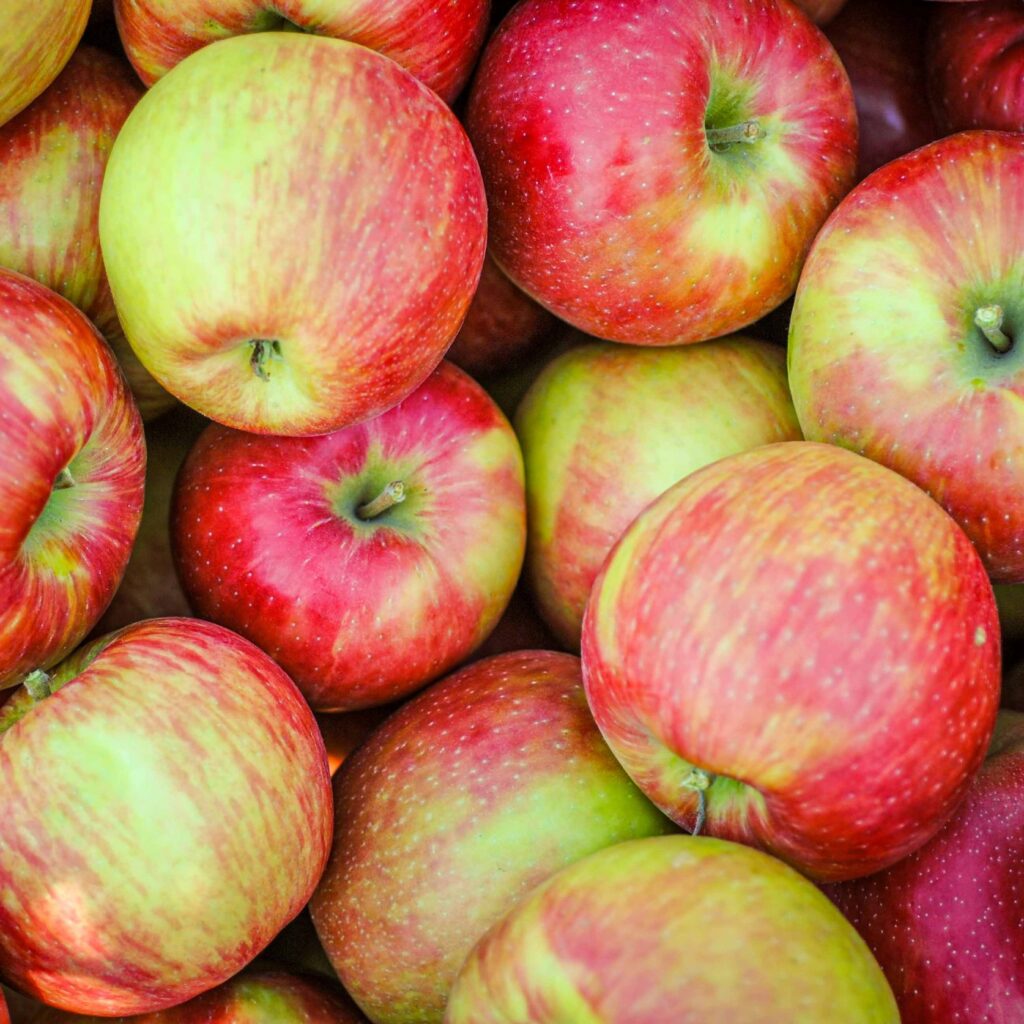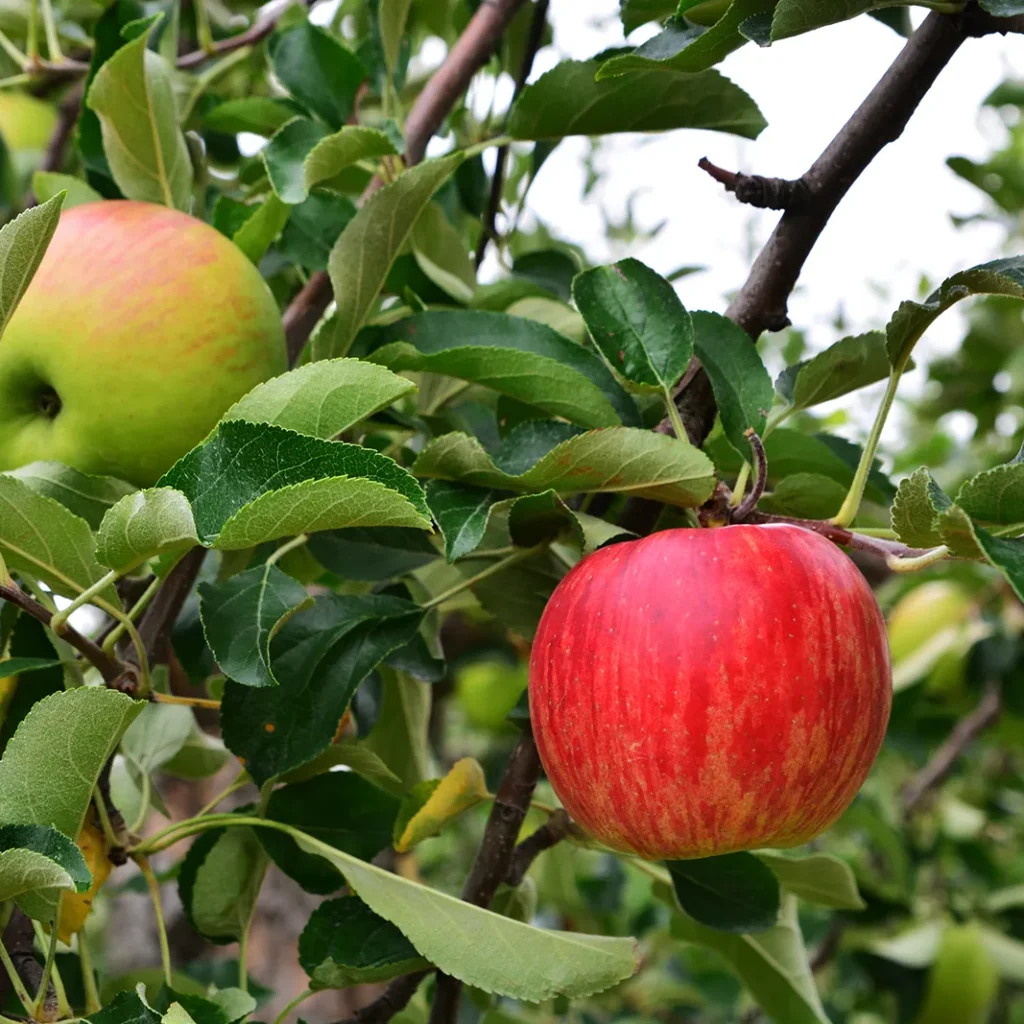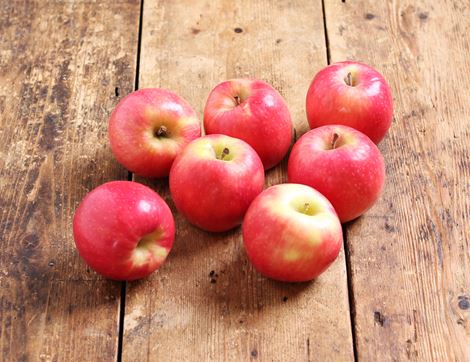Pomegranates — often called the “jewel of fruits” — have enchanted civilizations for centuries with their ruby-like seeds, rich antioxidant content, and sweet-tart flavor. From ancient Persian gardens to modern health-conscious diets, this ancient fruit continues to thrive both as a beloved delicacy and a superfood staple.
But have you ever wondered where the world gets most of its pomegranates? While pomegranate trees grow in various corners of the globe, a handful of countries dominate global production, supplying fresh fruit and processed products like juice, molasses, and extracts to kitchens, markets, and wellness industries worldwide.
In this article, we’ll uncover the primary sources of global pomegranate supply, the leading producing nations, and what makes each of them significant in the international pomegranate trade.
A Global Overview of Pomegranate Production
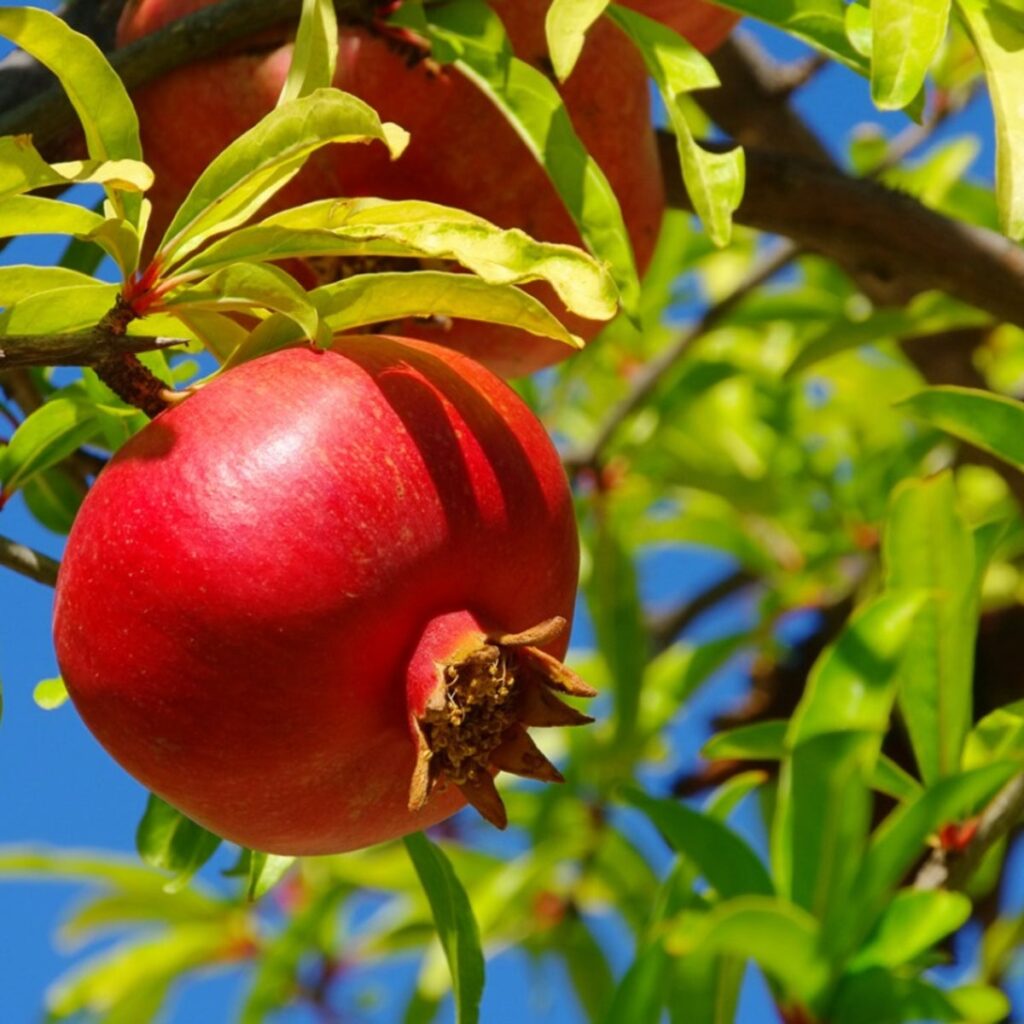
Pomegranates (Punica granatum) are native to the Iranian Plateau and Northern India, though their cultivation quickly spread across Central Asia, the Mediterranean, and the Middle East. The fruit thrives in warm, semi-arid to arid climates with long, hot summers and mild winters.
Today, pomegranates are cultivated in over 50 countries, but five nations account for the majority of global supply. According to the Food and Agriculture Organization (FAO), the world produces more than 4 million metric tons of pomegranates annually — with India, Iran, China, Turkey, and the United States leading the way.
Where Does the World Get Most of Its Pomegranates?
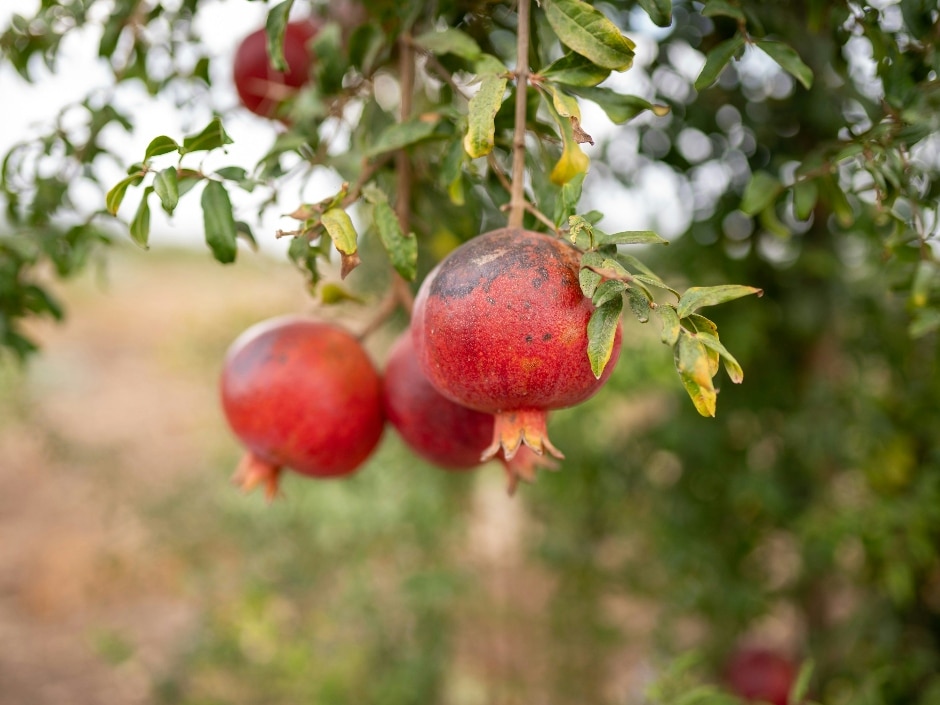
Let’s take a closer look at the top countries contributing to global pomegranate markets:
India — The World’s Leading Pomegranate Producer
India is, without question, the largest pomegranate-producing country globally, responsible for more than half of the world’s supply. With an annual production exceeding 2.8 million metric tons, India is where the majority of fresh pomegranates enjoyed worldwide are grown.
Key Regions:
- Maharashtra (largest contributor)
- Karnataka
- Gujarat
- Andhra Pradesh
- Rajasthan
- Madhya Pradesh
Why India Dominates:
- Ideal semi-arid climate in western and central India
- Ancient cultivation history and diverse premium varieties, such as Bhagwa, Ganesh, and Arakta
- Strong domestic demand and robust international exports, particularly to the Middle East, Southeast Asia, and Europe
- Rapid growth in value-added pomegranate products like juice, aril packs, and concentrates
Fun Fact:
India’s Bhagwa pomegranates are especially popular for their large, deep-red arils, sweet flavor, and long shelf life — making them highly sought after in export markets.
Iran — The Historic Birthplace of Pomegranates
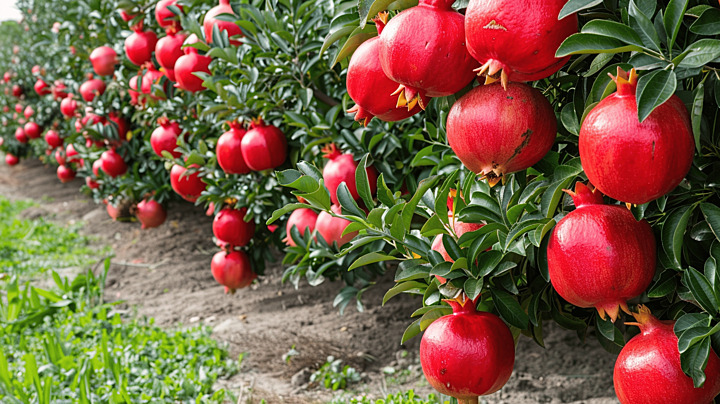
Iran holds a special place in the history of pomegranates, often referred to as their ancestral homeland. It’s also the second-largest producer globally, yielding around 1 million metric tons annually.
Major Producing Regions:
- Saveh (famous as Iran’s “Pomegranate City”)
- Yazd
- Fars
- Kerman
What Makes Iran Unique:
- Cultivation of numerous ancient, rich-flavored, antioxidant-packed varieties
- Pomegranates are deeply woven into Persian cuisine, literature, and culture
- Increasing demand in neighboring Middle Eastern, Central Asian, and European markets
- Traditional uses in medicinal practices and religious rituals
Fun Fact:
Saveh, a city in Iran, hosts a yearly Pomegranate Festival, celebrating both the harvest and the cultural heritage of this treasured fruit.
China — Rising Power in Pomegranate Farming
China has emerged as a major pomegranate-producing nation over the past few decades, with an annual production of approximately 800,000 metric tons. While most of its pomegranates are consumed domestically, China’s growing interest in healthy, natural foods has spurred the expansion of orchards and processing units.
Primary Growing Regions:
- Henan Province
- Sichuan Province
- Anhui Province
- Shaanxi Province
Why China’s Role is Expanding:
- Strong domestic market driven by traditional uses in Chinese medicine
- Pomegranates symbolize fertility, prosperity, and good fortune in Chinese culture
- Increasing interest in processed pomegranate products such as juices and herbal teas
Turkey — The Mediterranean’s Pomegranate Hub

Turkey is one of the top pomegranate producers in the Mediterranean region, contributing approximately 600,000 metric tons annually. Pomegranates are not only a staple in Turkish cuisine but also a symbol of good luck, wealth, and fertility.
Leading Growing Provinces:
- Antalya
- Mersin
- Adana
- Gaziantep
Distinct Features:
- Cultivation of premium varieties like Hicaz Narı, known for its rich red arils and sweet-tart taste
- Well-established export markets in Europe, the Middle East, and Russia
- Rising demand for organic and pesticide-free pomegranates
- Notable producer of pomegranate-derived products like molasses, vinegar, and syrups
Fun Fact:
In Turkey, pomegranates are often smashed on the ground during New Year’s Eve celebrations to bring good luck for the coming year.
United States — California’s Premium Pomegranates
While the United States accounts for a smaller share of global production, it plays a crucial role in the premium pomegranate segment, particularly through California’s San Joaquin Valley.
Annual Production: About 180,000 metric tons
Why the U.S. is Noteworthy:
- Focus on high-quality, large-sized pomegranates suitable for both fresh consumption and juice production
- POM Wonderful, a leading global pomegranate juice brand, operates here
- Major supplier to North American, Canadian, Japanese, and European markets
- Emphasis on health-focused, organic farming practices
Global Production Recap:
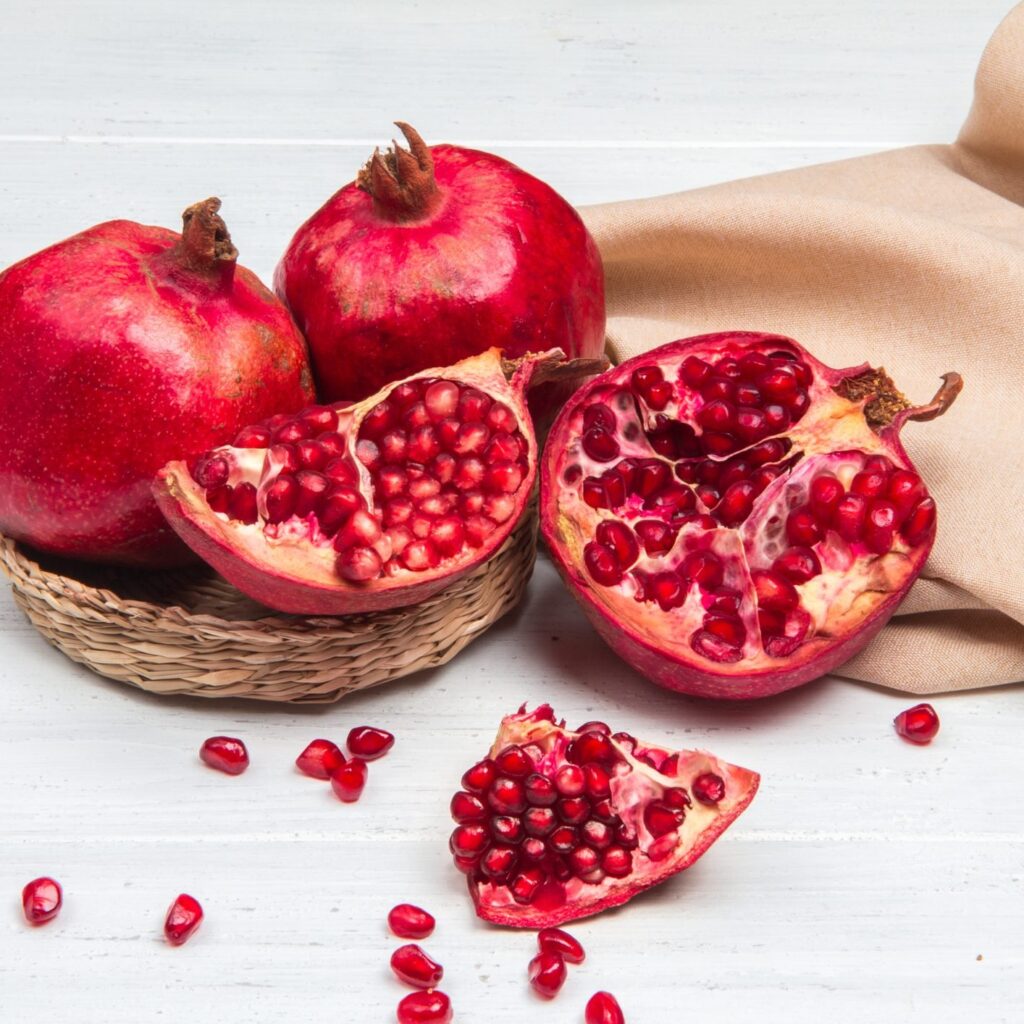
| Rank | Country | Annual Production (MT) |
|---|---|---|
| 1 | India | 2,800,000+ |
| 2 | Iran | 1,000,000 |
| 3 | China | 800,000 |
| 4 | Turkey | 600,000 |
| 5 | United States | 180,000 |
(Source: FAO 2023)
Growing Global Demand for Pomegranates
The surge in global pomegranate consumption is driven by:
- Rising awareness of its antioxidant, anti-inflammatory, and heart-health benefits
- Growing popularity of superfoods and functional beverages
- Demand for plant-based, natural products in wellness, beauty, and healthcare industries
- Expansion of processed pomegranate product markets like juices, syrups, and dietary supplements
Sustainability & Future Outlook
To meet growing global demand sustainably, leading pomegranate-producing countries are:
- Implementing water-efficient drip irrigation systems
- Adopting organic and chemical-free farming practices
- Enhancing cold storage infrastructure to improve export quality
- Introducing high-yield, disease-resistant cultivars
- Investing in value-added product industries
Conclusion
When it comes to where the world gets most of its pomegranates, India reigns supreme, producing more than half the global supply. Iran, with its deep-rooted cultural ties, follows as a close second. Meanwhile, China, Turkey, and the United States contribute significantly to both local consumption and international markets.
As the global appetite for this ancient superfruit continues to grow, these leading countries will remain at the heart of production, innovation, and trade — ensuring that the world’s love affair with pomegranates stays strong for generations to come.

